Taslan fabric: features and characteristics
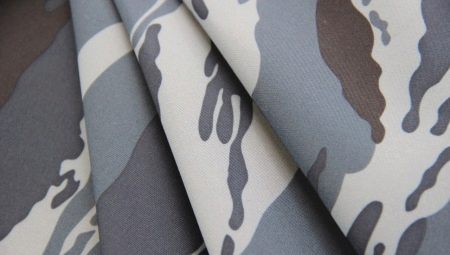
Thanks to innovative developments, new materials with improved properties are being created. Taslan occupies a special place among modern fabrics.
Properties and types
The artificial material taslan is durable, formed by rep weaves that create a small scar, so it is rough to the touch. Due to the porous structure, thermal regulation and air exchange are provided, a special polymer layer helps to repel dirt and water, and the reinforcing threads retain their shape and prevent stretching. Due to the combination of properties, the material is indispensable in sports, outerwear, demi-season (warm) clothing for children and adults.
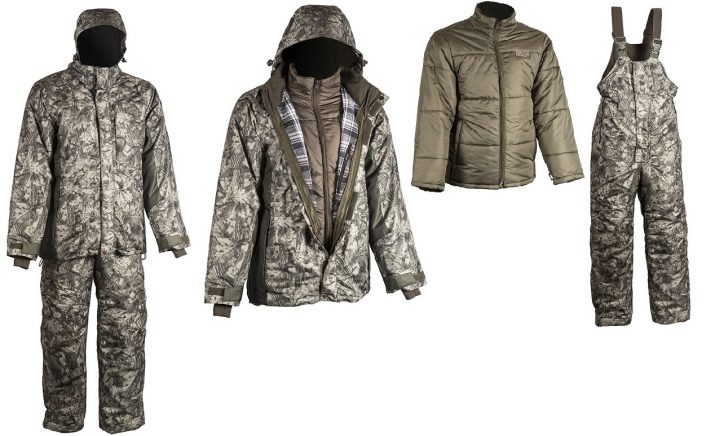
Description of taslan quality indicators and their designation can be seen in the generally accepted international marking system:
- Hi - Pora - improved air exchange properties;
- PU - a method of processing the outside or the wrong side by impregnation from moisture penetration was used;
- PU 3000 - water-repellent qualities are reinforced;
- PU foam - treated with polyurethane;
- WR - the material does not get wet, repels water with drops.

The fabric can have different densities (specific gravity):
- 180 g / km (thin);
- 228 g / km (average);
- 330 g / km (very dense).
These parameters work as pointers when choosing a material for demi-season, warm or specialized items, products with the desired qualities and performance properties.

Specifications
Taslan includes chemical fibers of polyamide, nylon, polyurethane or polyester, which prolong the life of things, provide comfort and coziness.
The main positive characteristics of the fabric:
polyurethane provides color fastness and reduces the degree of ultraviolet radiation;
special impregnation reliably protects the material from moisture and dirt;

the porous surface provides air permeability, creates a certain microclimate, thanks to which the fabric is hygroscopic, lightweight;
resistant to chemical and organic solvents;
the material has a high density and at the same time weighs little;
not afraid of multiple mechanical stress and friction;
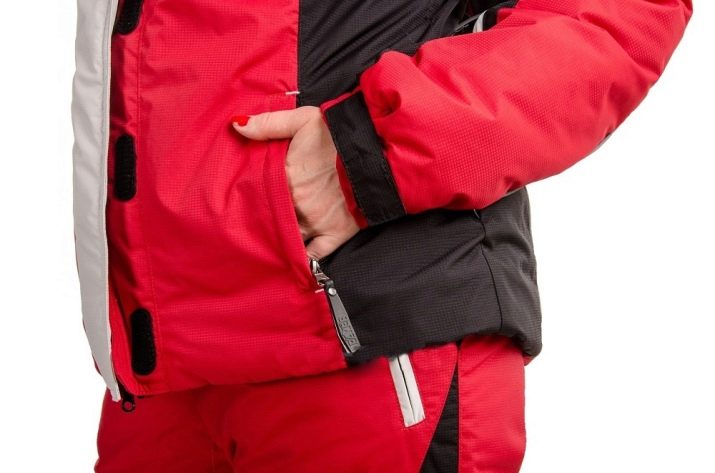
does not lose its appearance for a long time, does not deform;
looks aesthetically pleasing, available in a wide color palette;
easy to process and sew, when cutting the edges do not crumble.

The list of disadvantages is small, but they are:
taslan belongs to the segment of not quite cheap fabrics;
when moving, a small rustle is created, which is why the area of use is limited (hunting, fishing, special equipment);
when making things, you need a special sewing machine.
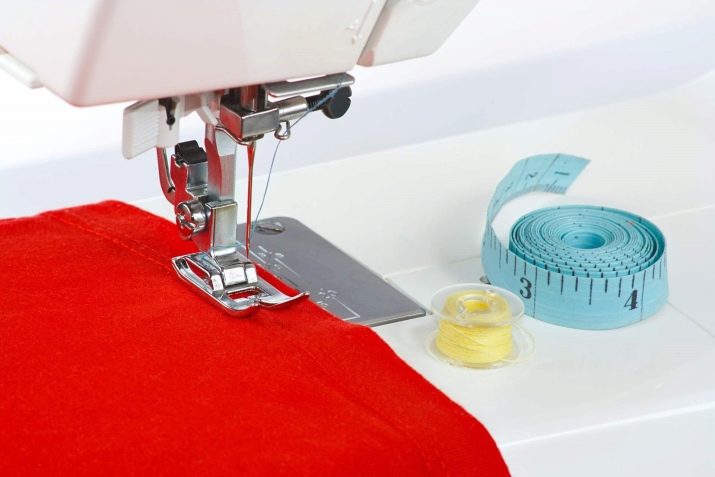
Application
Taslan is suitable for things with any filler, it is perfectly used in sportswear and for extreme sports, outdoor activities, as it reliably protects from wind, rain, snow, frost and sun. Reinforced fiber with impregnation in the composition of the material allows you to be outdoors in any weather, to feel comfortable in the fresh air.
The fabric has shown itself well in teenage and children's clothing. Overalls, jackets, winter clothes, raincoats, raincoats are durable, do not hinder movement, protect from moisture, and the property of taslan to create a microclimate protects an active, mobile child from overheating or cooling. Dirt, stains, dust can be easily removed at home.
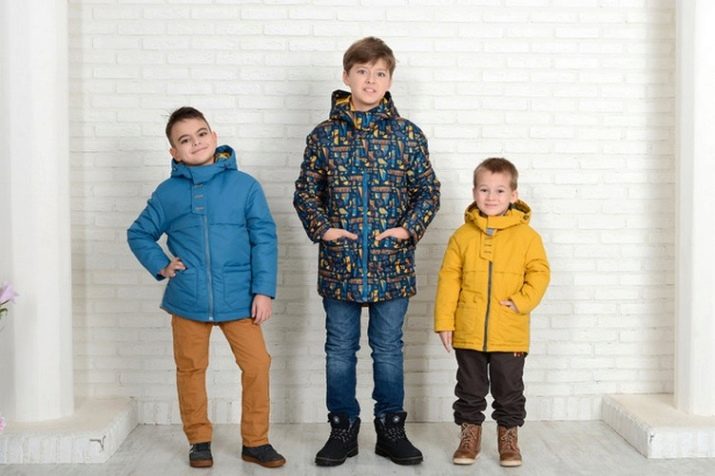
Waterproof accessories will also do a good job: mittens, gloves, hats or bags.
Taslan is widely used in the manufacture of furniture. Beautiful, durable, safe and reliable sofas, poufs, armchairs made of fabric with artificial fibers, do not lose their shape, are easy to clean, and decorate the interior. Impregnation of the material protects furniture from stains, dirt and moisture.

Care
Like any fabric, taslan has certain conditions and limitations in cleaning and care.
When washing the material, you can use both dry and liquid detergents for synthetic fabrics (preferably liquid, since they are well rinsed out, do not leave marks).
In care, manual and automatic washing with spinning at low speed, in the "delicate" or "synthetics" mode, at a temperature of 40 degrees is allowed.
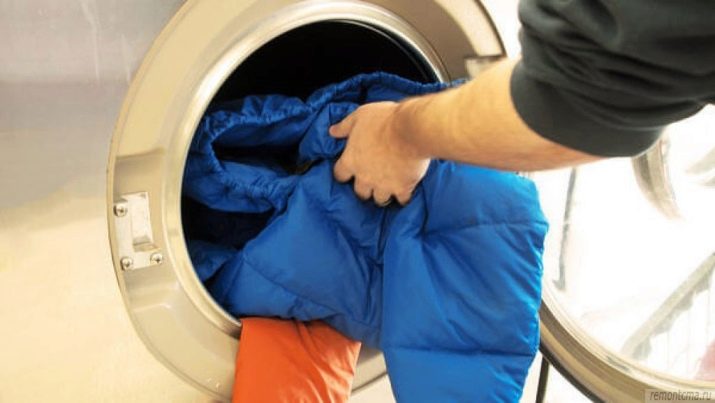
Ironing is allowed when heated to 130 degrees. This will avoid the loss of taslan properties. If, after washing, the product is spread with your hands or shaken, it will dry quickly, water will roll off the water-repellent materials by itself.
When removing contamination, do not use chlorine-containing products and bleaches.
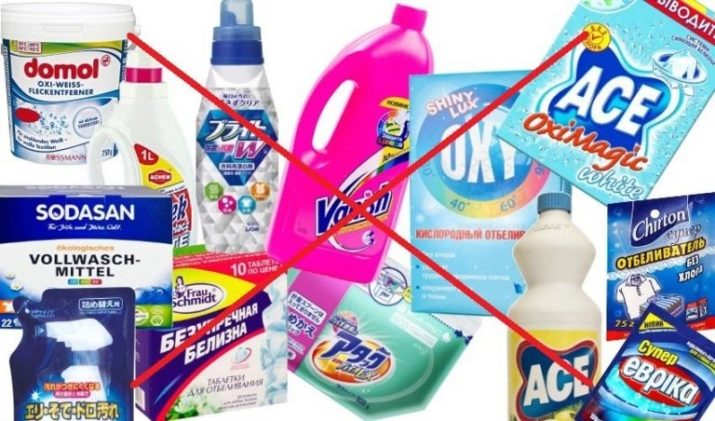
It is good to use fabric softener when rinsing to avoid static electricity in synthetic fabrics.
To care for taslan furniture, it is recommended to use dry cleaning with a brush or vacuum cleaner, stains or small dirt is removed with a weak soap solution and a dry cloth. After a little damp cleaning, the upholstery should be dried with a warm iron through a cloth.

When buying a thing made of modern artificial fabric, you need to carefully read the care label and follow all the manufacturer's recommendations. Then the product will serve for a long time and reliably, delighting with its appearance.
Reviews
Most people who use taslan products notes its positive properties.
- Parents who bought things from this material for their children (overalls, trousers, jackets) are satisfied with their resistance to a large number of washes. Alternatively, after each walk, you can simply wipe the dirty areas with a brush or cloth.
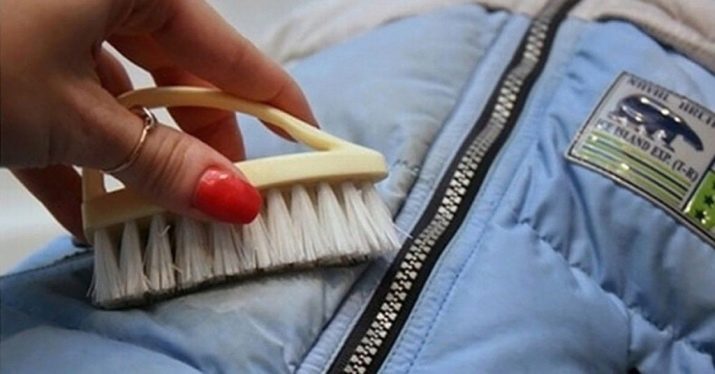
- Sometimes avid fishermen use synthetic fabric camouflage clothing in extreme conditions (especially in winter). The quality of things, tested by winds, rains, cold weather, leaves a good impression. The strength of the material is pleasantly surprising.
- Taslan sets for snowboard and skis cannot be compared with anything. Sports jacket, trousers, gloves "breathe", they are not hot, no sweating occurs, they do not get wet from sleet or rain, they are not blown by the mountain wind.
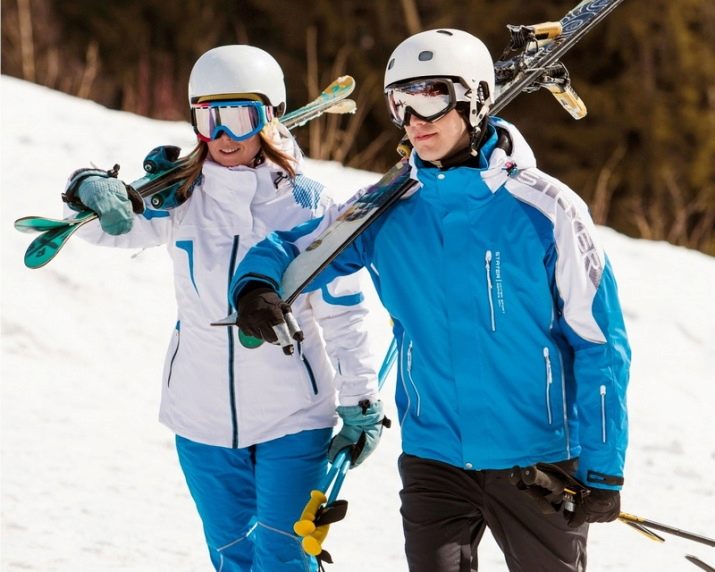
- Similar things are worn in the city, because there is a large selection of models, colors and configurations. Long walks in the fresh air are a pleasure in any weather.

Such reviews change the way we think about synthetics.
For more information on the qualities of a Novatex Payer suit made of taslan fabric, see the next video.








